Pamela Rosenkranz came to Amden on 15 February 2009. There, she installed High Purity, a work consisting of acoustic and visual elements conceived for wintry conditions in the mountains and restricted to a single afternoon. The sounds of running engines, slamming car doors, and women’s voices were heard emanating from inside the building, while the black cloth covering the entrance made it look like an oversized, isolated loudspeaker in a snow-covered landscape.
The public had gathered around a fire burning higher up the slope. People were warming their hands at the fire, drinking tea, and chatting. It was a very real situation. The people around the fire had a view of the barn and the motorway on the other side of the lake, and they heard the sound of the distant traffic like an echo of Rosenkranz’s audio piece. The sounds of engines coming from inside the barn, identifiable as recordings from feature films, merged with those of the motorway whose monotone drone was a definite presence despite the distance. The snow-covered slope was the artist’s stage, on which visitors played themselves with the fire as their only prop. Apart from the audience gathered around the fire and the landscape in which the sounds were embedded, there was nothing to be seen in this exhibition. High Purity concentrated exclusively on amplifying and repeating the visual and acoustic qualities of the site itself.
For artists in the 1960 s, uncertainty about the outcome of an experiment, and sometimes even experimentation itself, was the decisive criterion for an exciting, interesting piece of work. Crucial to Rosenkranz’s generation is the form that is chosen to present a particular artistic investigation. In Amden, her choice of modest technical means sufficed to generate a resonant space and a spatial void.
At the time, Rosenkranz was deeply immersed in her study of the person and work of the French artist Yves Klein (1928–1962). Klein had patented the specific blue pigment peculiar to his work under his own name, and his oeuvre, which transcended all media boundaries, evoked an immaterial space. Rosenkranz’s Death of Yves Klein (2011), made just two years after her exhibition in Amden and presented electronically on a flat screen, must be seen in the context of Klein’s short lifespan. First, almost imperceptibly, we hear a digital woman’s voice unemotionally and monotonously listing all the things that must be avoided to ensure good health and physical integrity — the kind of warnings that can also — but not exclusively — be read on package inserts for medication. The screen, displayed like a painting, shows a monochrome blue surface, a colour that in this work Rosenkranz associates with death.
Yves Klein’s Theatre of the Void, a spectacle with no stage, actors, stage sets, script, or audience was unveiled in Paris on 27 November 1960. To mark the occasion, he printed La revolution bleue continue, a newspaper in which he wrote about performative acts and theatrical productions, elaborating on his core idea of eliminating the opposition of presence and absence. The newspaper also contained the now famous picture of Klein jumping into the void that was meant to express his conquest of space and triumph over materiality and gravity. Pamela Rosenkranz’s High Purity is thus like a late echo of Klein’s Theatre of the Void.
– Roman Kurzmeyer

 Images
Images
 Info
Info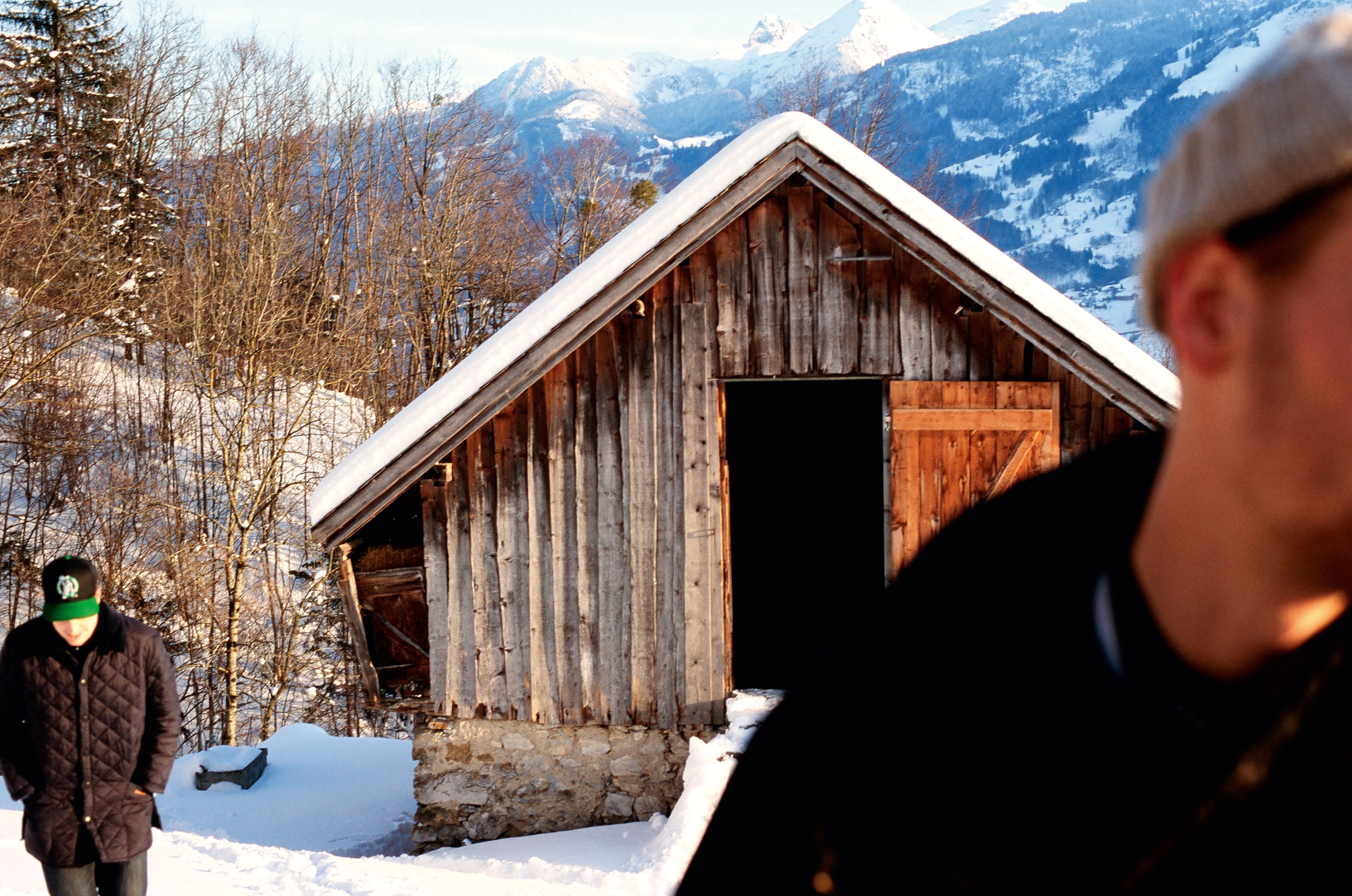
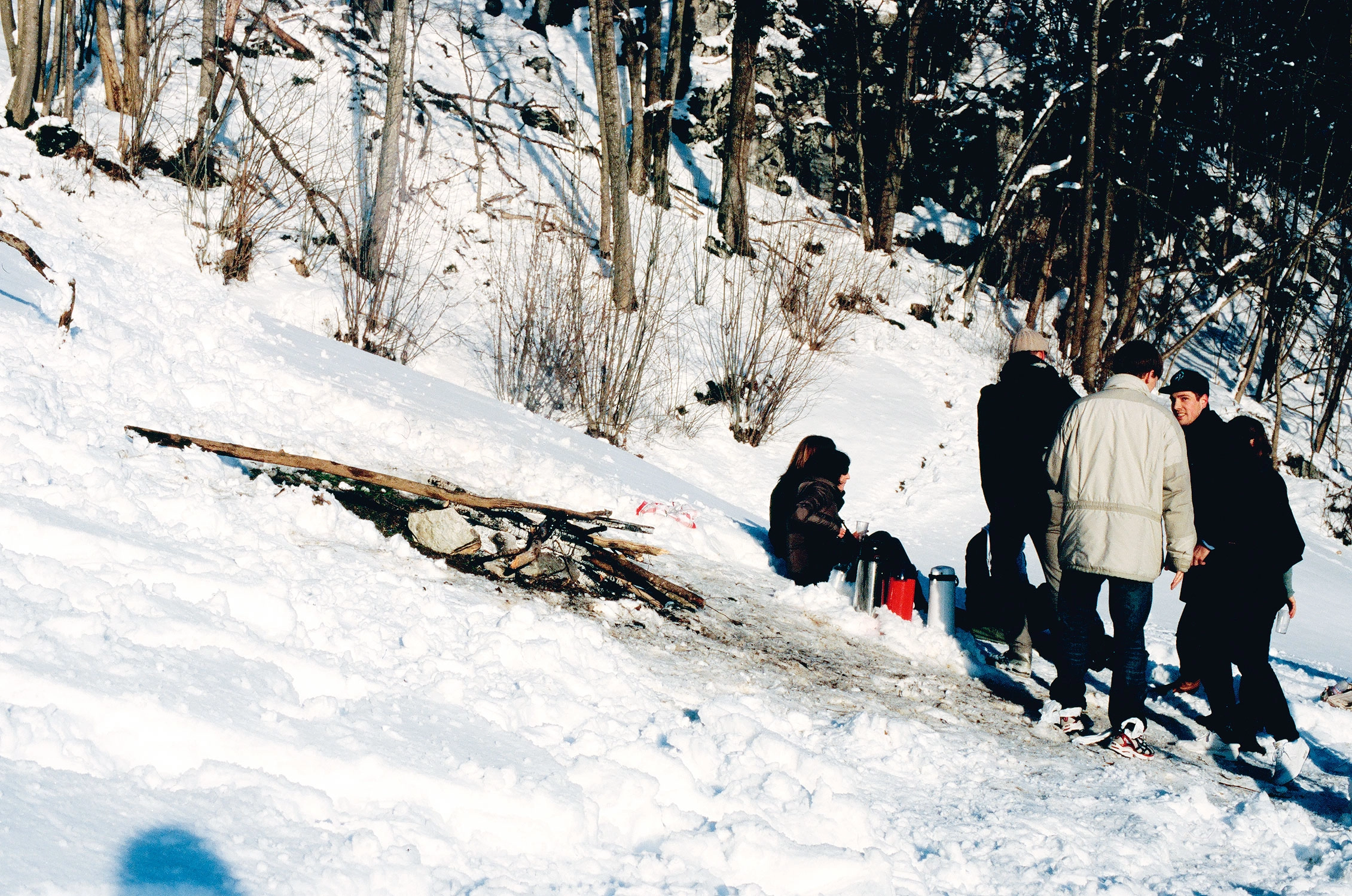

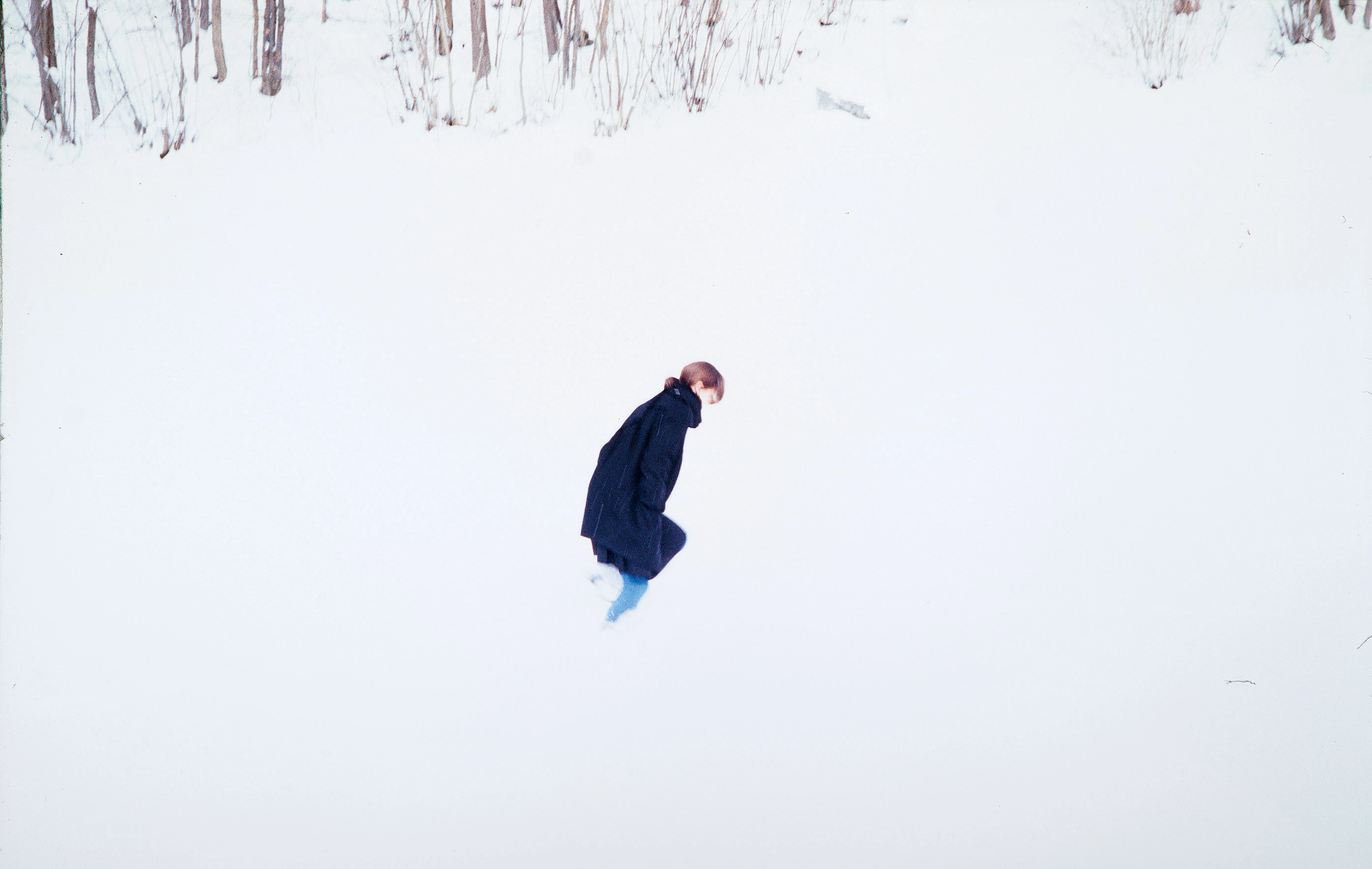
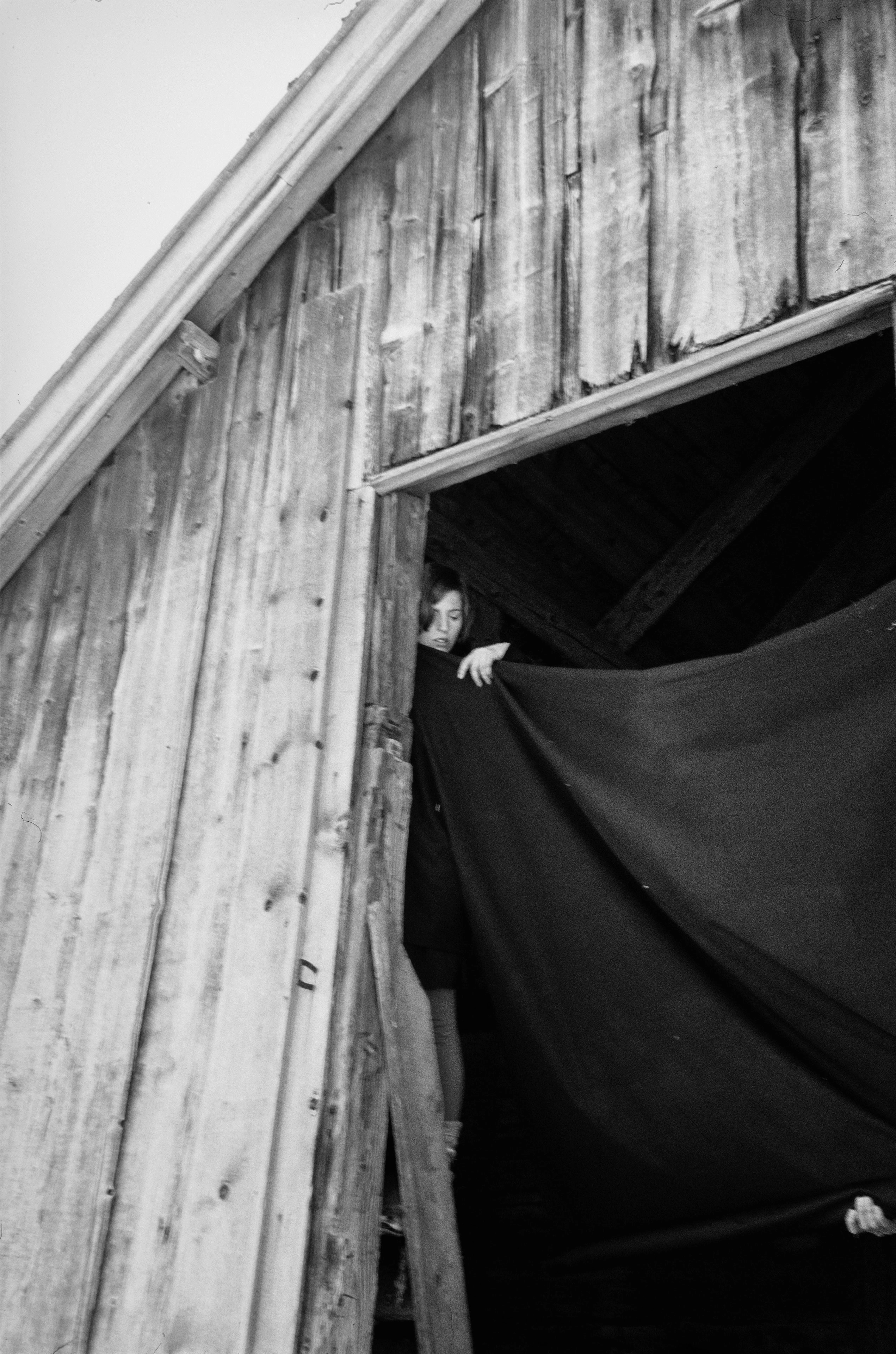
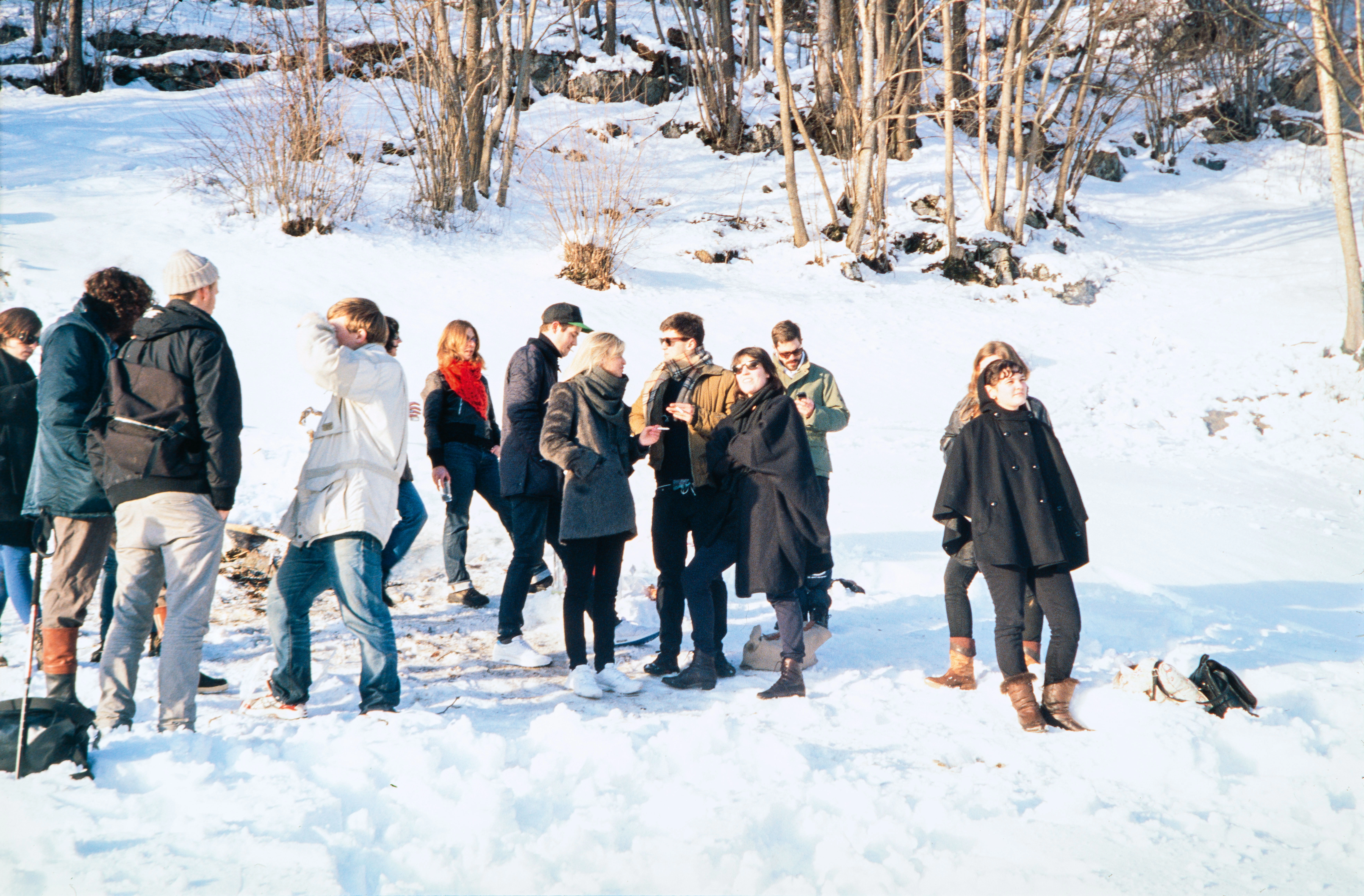

 Next Exhibition
Next Exhibition